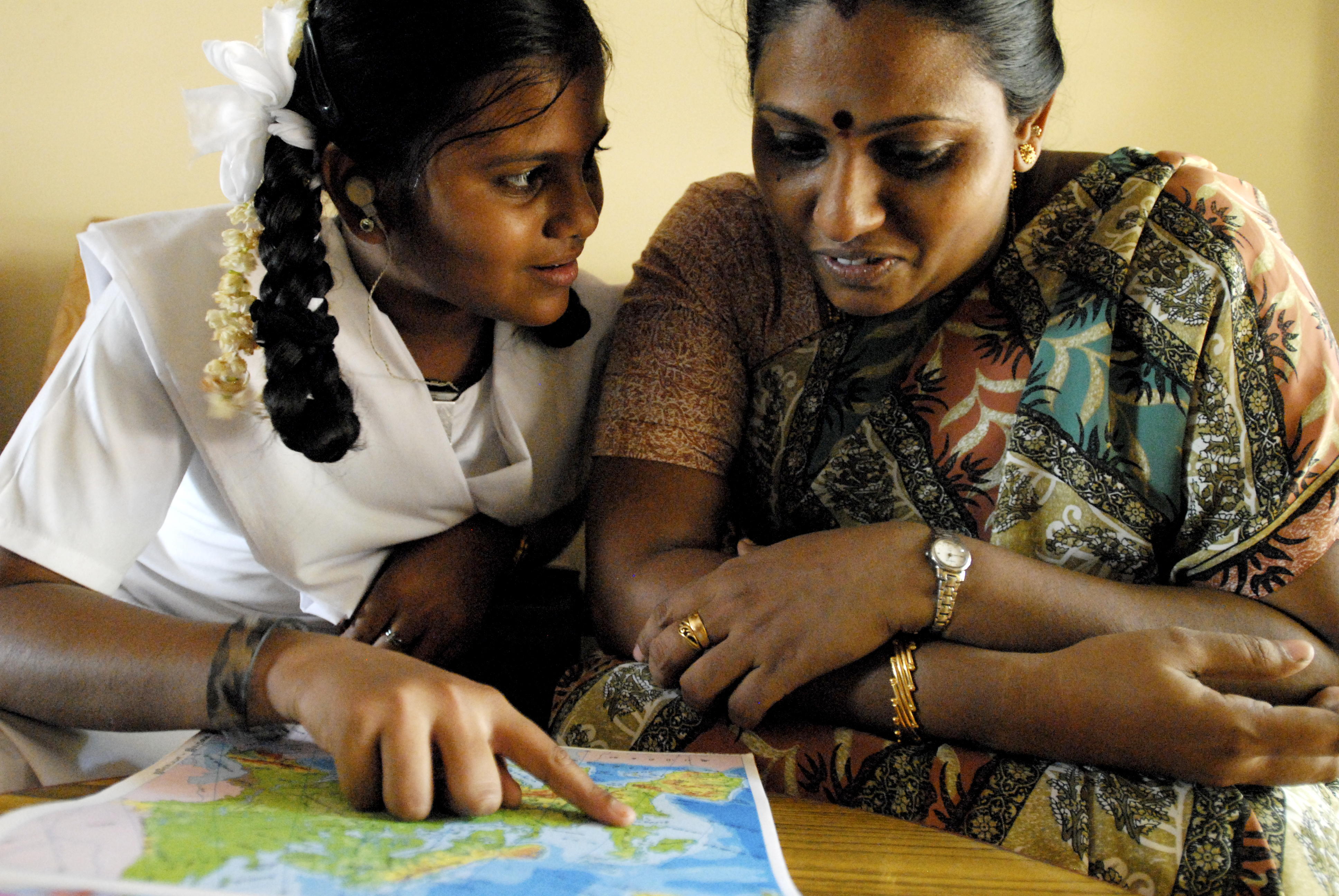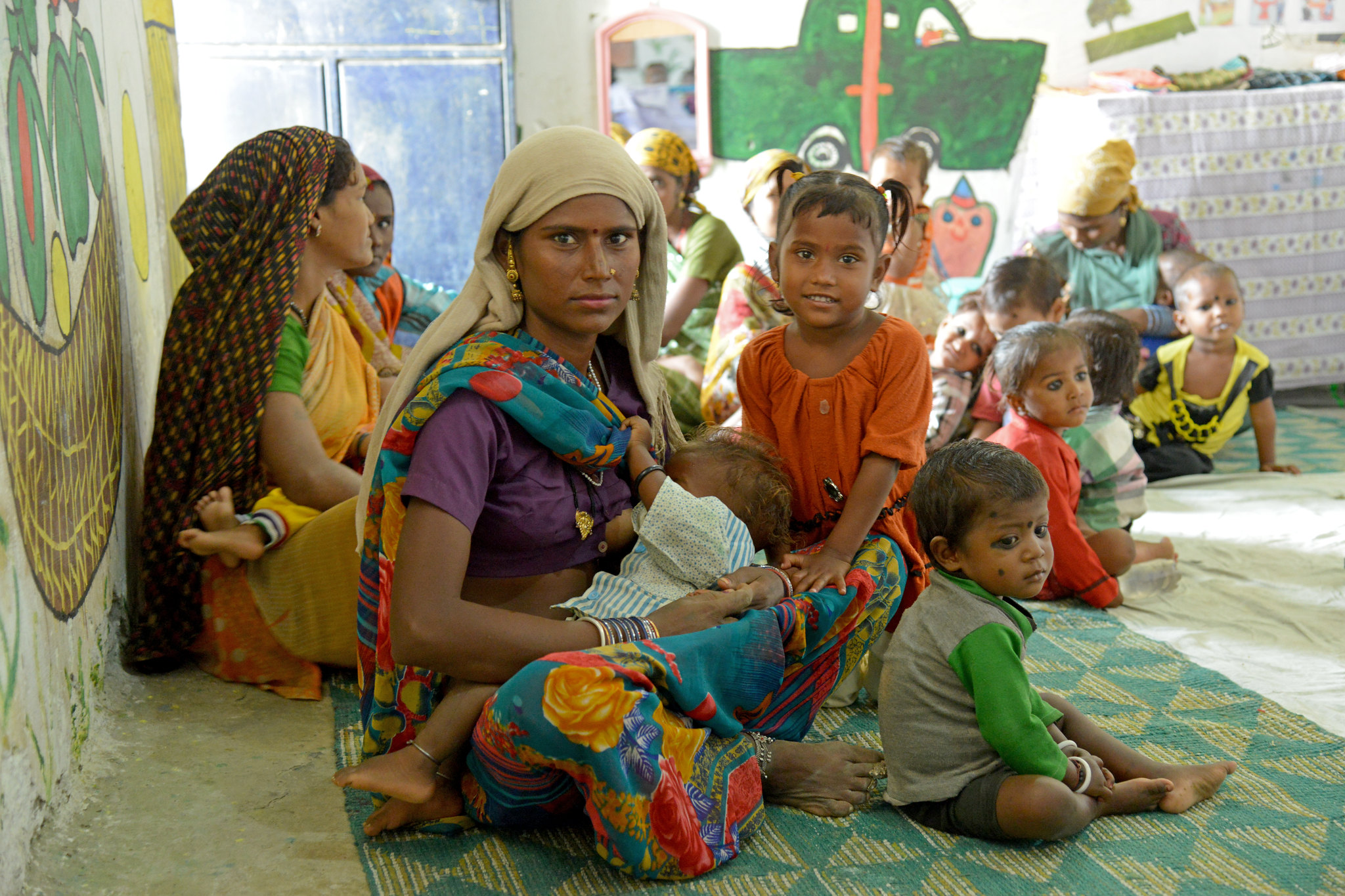This post is joint with Tom Slayton, a rice trade expert and former editor of The Rice Trader
Today in Tokyo, Japan's Vice Minister for Agriculture, Toshirou Shirasu, told reporters that Japan plans to export 200,000 tons of rice to the Philippines "
as fast as possible." This confirmed sale comes on top of 50,000 tons of Japanese rice previously under discussion. Even the anticipation of these sales had done much to take the speculative steam out of over-heated global rice markets, as we reported towards the end of last week (see "
Rice Prices Fall After Congressional Hearings But Crisis Not Over Yet"), so with some sales now officially confirmed we can hope to see further easing of speculative pressures.
The lightening-fast turn around in just one week since CGD released our policy note ("
Unwanted Rice in Japan Can Solve the Rice Crisis--If Washington and Tokyo Act") reflects well on officials in Washington, who under WTO rules could have barred the re-export of rice previously imported from the U.S., and on officials in Japan, who faced their own internal obstacles but recognized the importance and urgency of action.

Wide attention to the issue clearly helped.
Congressional testimony last Wednesday by Arvind Subramanian, a joint senior fellow at CGD and the Peterson Institute, before the House Committee on Financial Services alerted senior U.S. policymakers to the issue, as did questions from Sen. Robert Menendez about U.S. officials' response to our recommendations at a Senate Foreign Relations Committee hearing that same day. On Thursday, an AFP news report was picked up widely in Asia, and over the weekend further articles in newspapers in the U.K. and India helped keep up the pressure for prompt action. By Monday, Sebastian Mallaby's column in the Washington Post (“
Rice and Baloney: Irrational Policies the World Over Are Making the Food Crisis Worse”) and an
accompanying editorial cemented the case for the U.S. to acquiesce to Japanese sales.
All this is good and exciting but not enough to bring prices down to the level where poor people in Asia and elsewhere who depend on rice to survive can afford it. More must be done.
The decision to allow Japan to re-export its surplus stocks of imported rice, which totaled 1.5 million tons at the beginning of the year, could be amplified if the U.S. and Japan agree that Tokyo should donate this year's Minimum Access (MA) purchases of 680,000 tons of U.S. rice directly to the World Food Program, without trans-shipping via Japan. That way, the rice could be shipped directly to countries which need it -- eliminating double handling and extra freight costs. Separately, we would like Tokyo to consider that beginning in 2009 its MA purchases be sold to its citizenry -- which, after all, was the original intent of the U.S.-Japanese agreement around these purchases.
We believe that Japan and the U.S. should take a deserved bow for their quick actions in the high-level meetings of the Food and Agricultural Organization (FAO) to be held in Rome on June 3-5. They should then encourage Thailand, India, and other potential exporters (including China, once its earthquake disaster-relief efforts are in hand) to also release their surplus rice stocks to the world market, thereby helping to alleviate the suffering caused by the highest world rice prices in 30 years.
Before we released our CGD Note last week, world rice prices were hovering above $1,000 per ton (the FOB price for Thai 100% B, a widely accepted market marker). Word that Japan might unload its surplus contributed to subsequent price declines in both Bangkok and Chicago. We hope that today's news -- and subsequent announcements by other countries in a position to export surplus rice in the days and weeks ahead -- will lead to further declines that will help to lower world rice prices closer to levels that are affordable to the world's poor.
CGD blog posts reflect the views of the authors, drawing on prior research and experience in their areas of expertise.
CGD is a nonpartisan, independent organization and does not take institutional positions.


 Wide attention to the issue clearly helped.
Wide attention to the issue clearly helped. 


